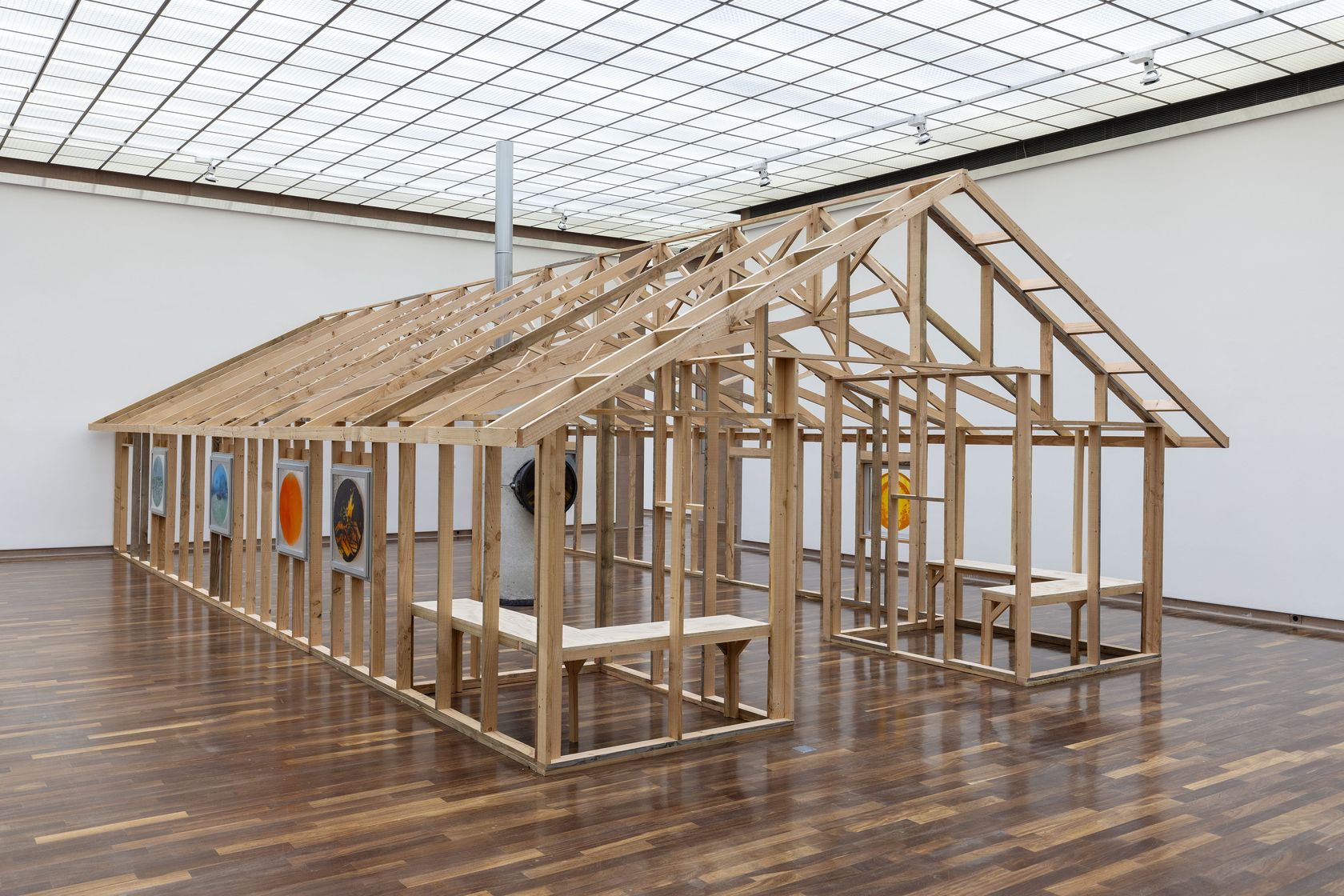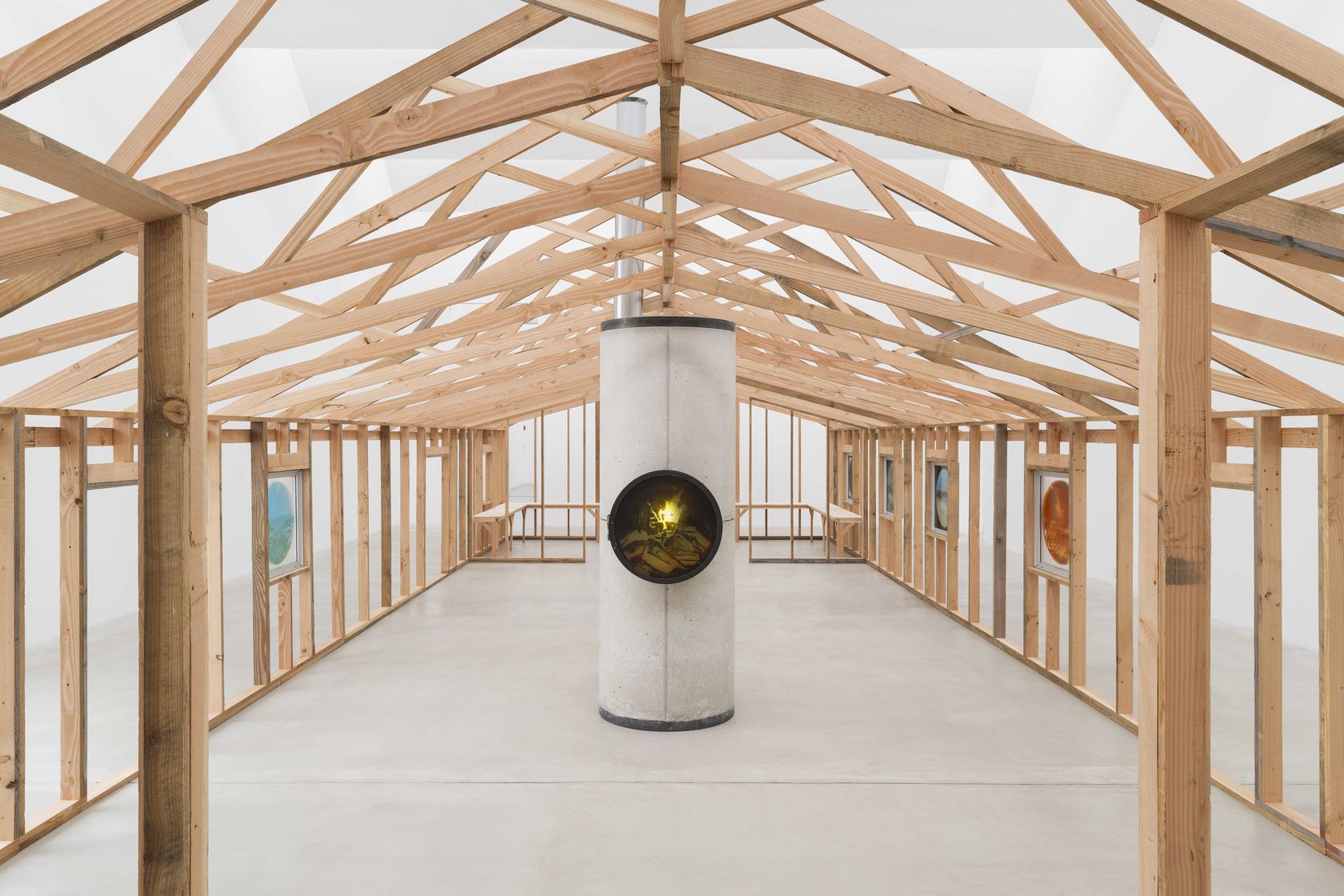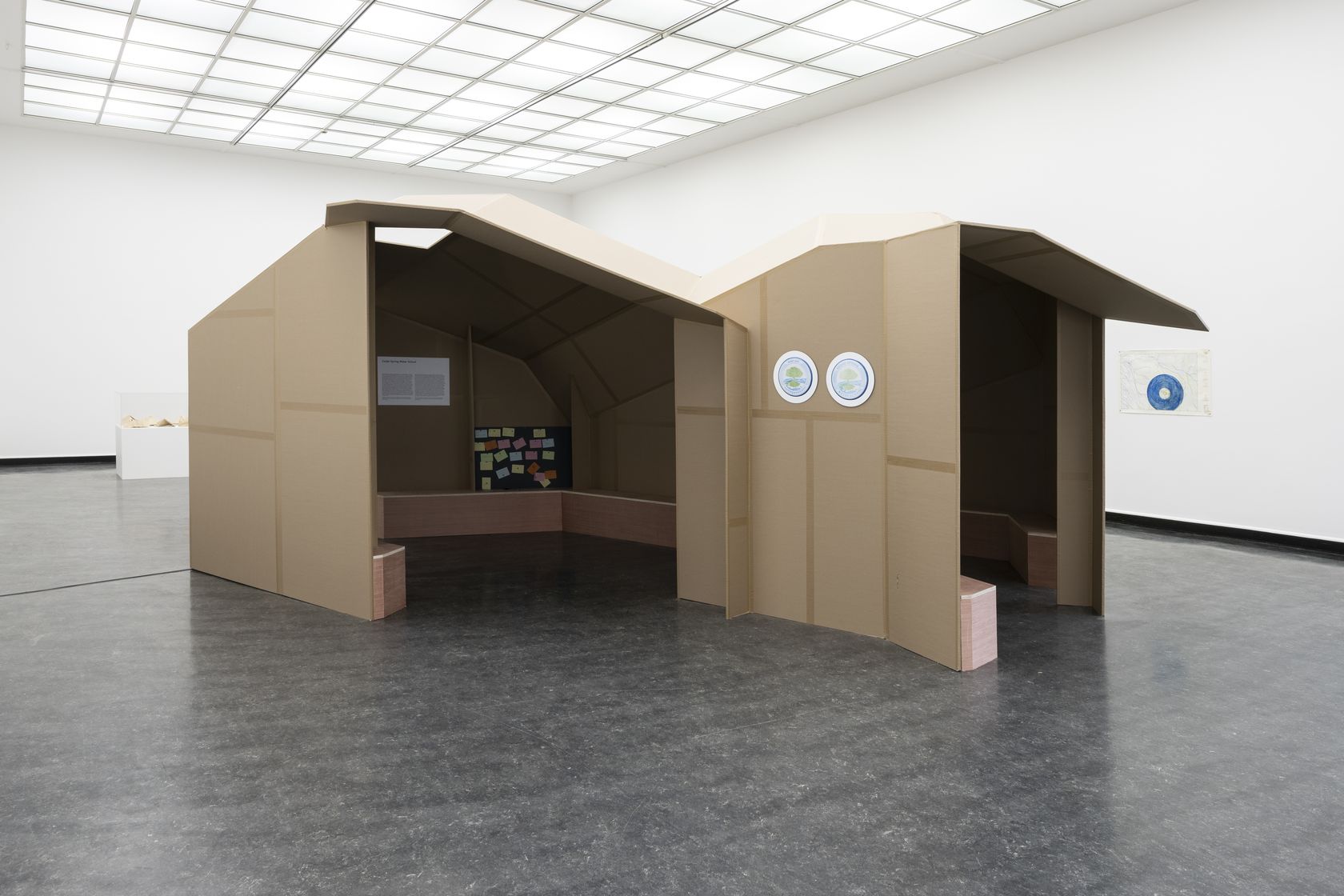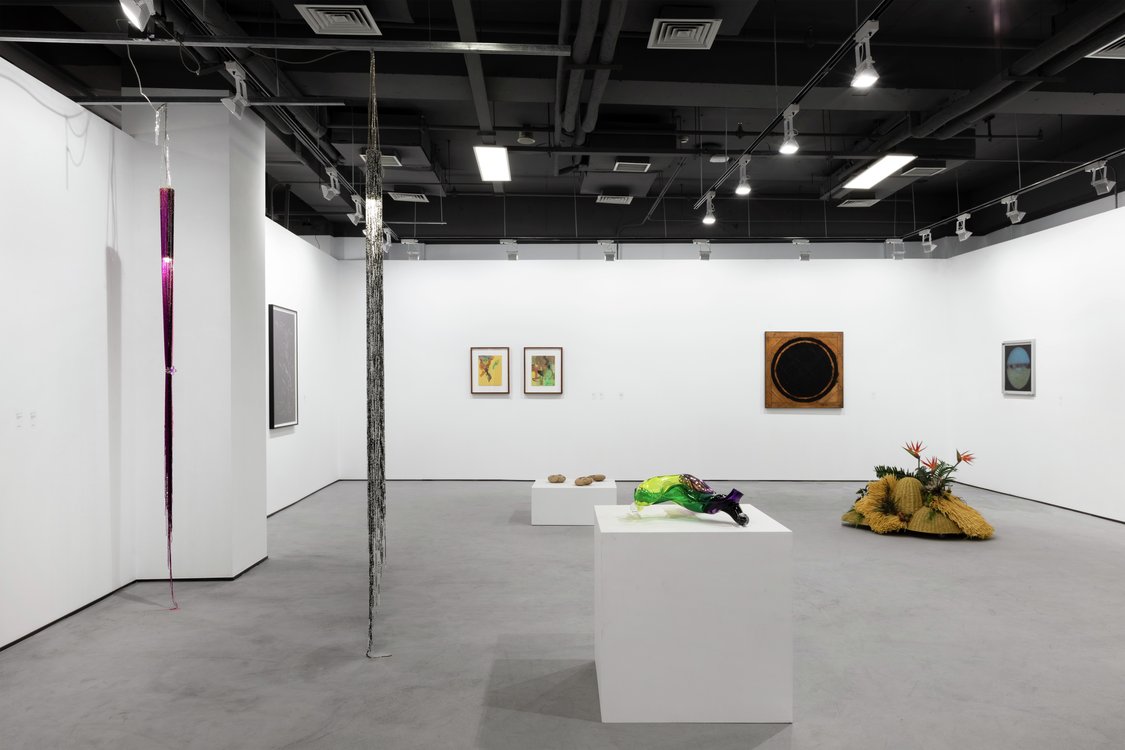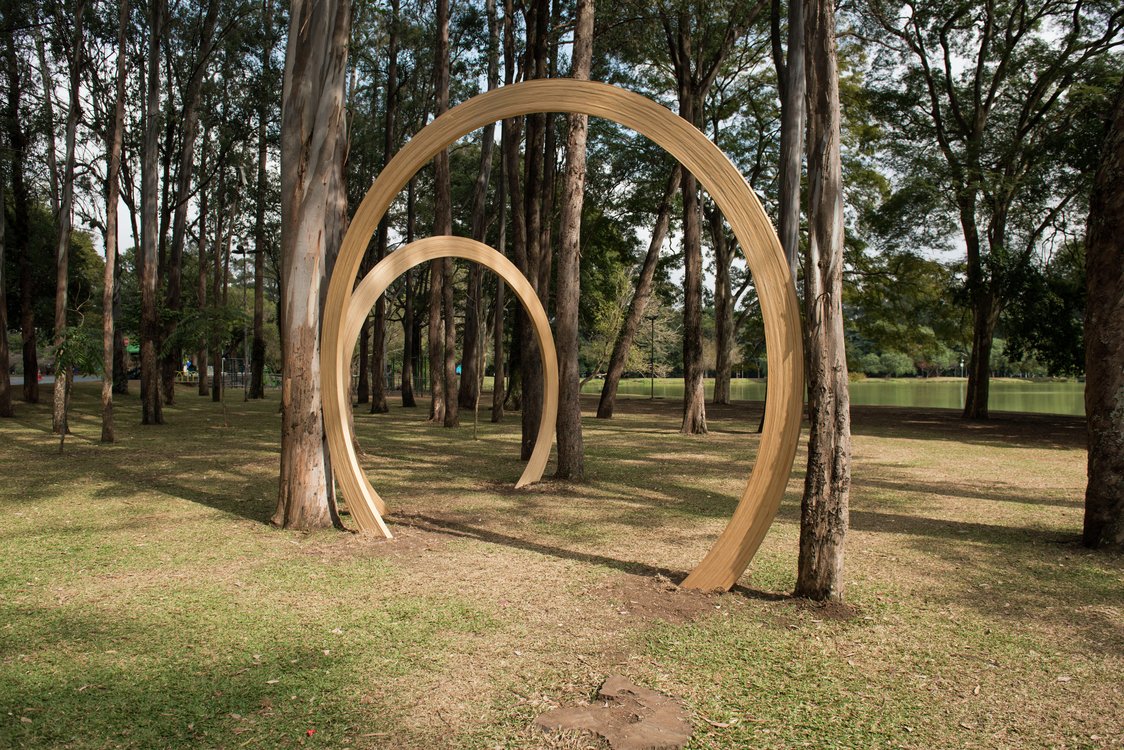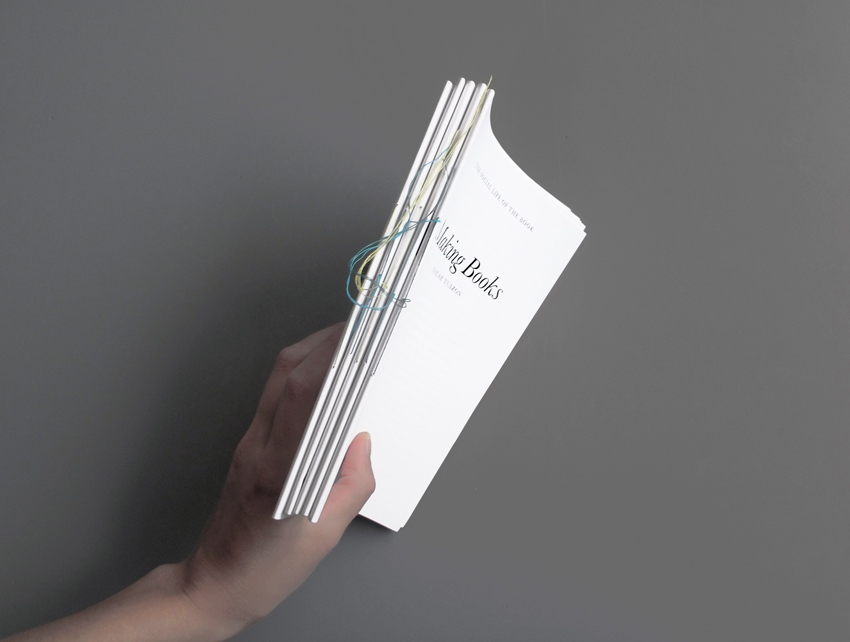
I WAS RAISED MAKING BOOKS. I was raised in a bookbindery, a family operation with a single cast iron nipping press and an old manual hot foil die stamp. I started out sewing spines on a wood frame, and by the time I left at eighteen I was casing in and making goatskin covers. It was a hippie operation, assembled by my father, as he says, from the second-hand tools and sketchy techniques passed on by a handful of Northwest craft binders who were all bitter drunks by the time he started the Watermark with my mother in 1973. There was a kind of craft movement in the Northwest at the time, and though I never visited another bookbindery, my parents’ friends were potters, carvers, glassblowers, builders. When they started, they learned slowly and mostly on their own. They signed and numbered each book they made, and in the first year they made twelve books.
The Watermark made only blank books—photo albums, sketchbooks in a few sizes, bound in cloth covers or leather. The only printed books we made were Ship’s Logs, printed with mysterious lined tables for recording tides, knots, and depth. At least that was the case by the time I was old enough to start sewing, when I was twelve or so. At the very beginning, my parents had bound a few editions of poetry, a hardbound copy of Domebook 2, and in one of the drawers there was a tattered folio of William Blake prints that never got bound. But custom work was too time-consuming, more trouble than it was worth, not much of a business model. So we sold blank books to a network of bookshops and craft galleries up and down the west coast. We got orders from North Carolina and Kansas, but not many. It was a regional product, for a regional market.
Actually we delivered most of the books ourselves. Every month or two we would load the Chevy Nova with boxes and drive an hour into Seattle, where my father would meet with five or six booksellers. Maybe once a year we took longer trips, to Portland or Vancouver. Our biggest buyer was always Elliot Bay Books in Seattle, where since the shop opened Watermark had a shelf of books at the front of the store and still does. Most of the other shops we sold to are gone, I would guess.
On a good day we probably made fifty books, on a bad day more than that; the point was to stay small enough that we never had to contract part of the process out. We finally did consent to having the pages machine-folded, but everything else we did ourselves from start to finish. The marbled paper was hand dyed at Skycraft, a small operation at the base of Mount Hood. In the beginning the only employees were my brother and I and the neighbor’s son. Eventually a couple of art students came to build a cabin in the woods up the hill, and my parents hired them in shifts. It was a nice place to work, and the work was never too hard. The bindery was a single room, a bit bigger than a garage, and I would usually work there a few hours after school, everyone binding and talking politics. We were paid by the hour, until at a certain point my father realized he could get my brother and I to do piecework. We would go get high in the bindery after he went bed and stay up till dawn, listening to Slayer and seeing who could sew the most books.
They were blank books, books for someone else to fill. And they were inspiring to use, with cream deckeld edge cold-pressed pages. The pages weren’t too heavy, and they took ink well: you could use a black pen and not worry about ink soaking onto the next page. The covers were great. Early covers were earth-toned marbled paper, oranges and browns in free-floating plumes; later the marbling patterns were classic combed patterns in blue and violet, green and grey; finally we were using somber black on black lined with gold. Sometimes we used stamped and printed papers, and forest service maps. The covers were built from heavy Bristol board, backed on the spine with bookbinders cloth in a dozen different colors. They were simple, durable books, they held up to abuse and wore it well. The leather books were thicker, bound in brown or burgundy calf or black goatskin with a circular inset of marbled paper with matching endpapers and hand-sewn headbands. Each year we made a few cord-bound books, beautifully elaborate and time-consuming masterpieces of the craft. But best of all, and simplest: the books laid flat. The spine was sewn and hinged properly, and when you opened the book flat on a table it stayed that way, open and easy to use.
That was the principle, let people make their own books. At a very basic level, it proposes a completely onanistic model of production and distribution: write a book yourself, for yourself. In a way you could say that’s utopian, and somewhat naive ideal. It does seem outdated, the idea of spending an afternoon writing in a journal. It is a kind of narcissism, a completely pointless, useless kind of production, bound in a durable volume that will outlast its author. It’s a pre-internet narcissism, though—one that is properly narcissistic, without any prospect of communication or response. Something about it is actually perverse, then: a book for an audience of one. A blank book is an anti-book. And it is this aspect that I actually find most interesting, the idea of producing a book not as a form of distribution or communication, but as an object.
© Extract from Oscar Tuazon, Making books, The Social Life of the Book series #1, 2011, Paraguay, Paris.
Learn more about Making Books

